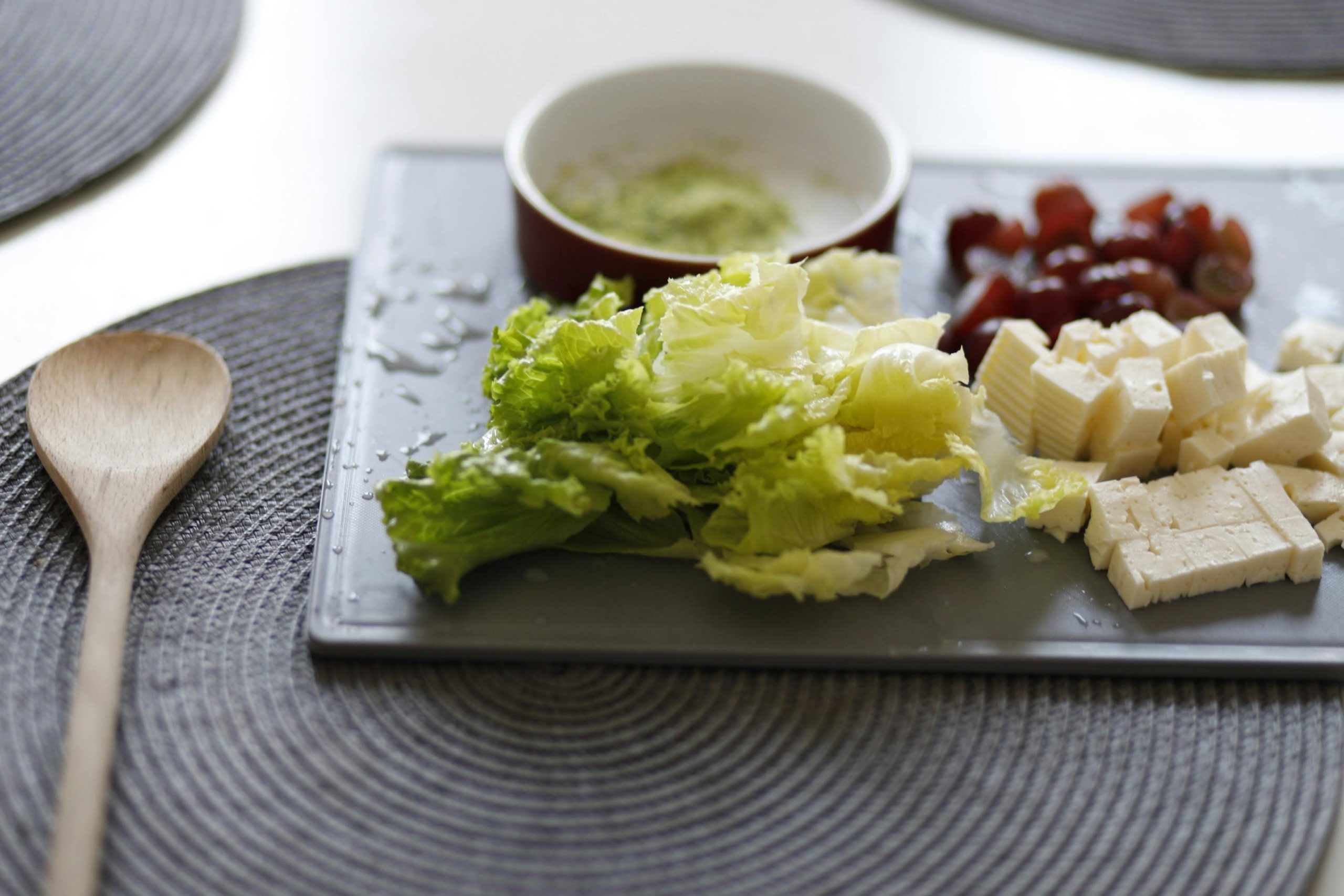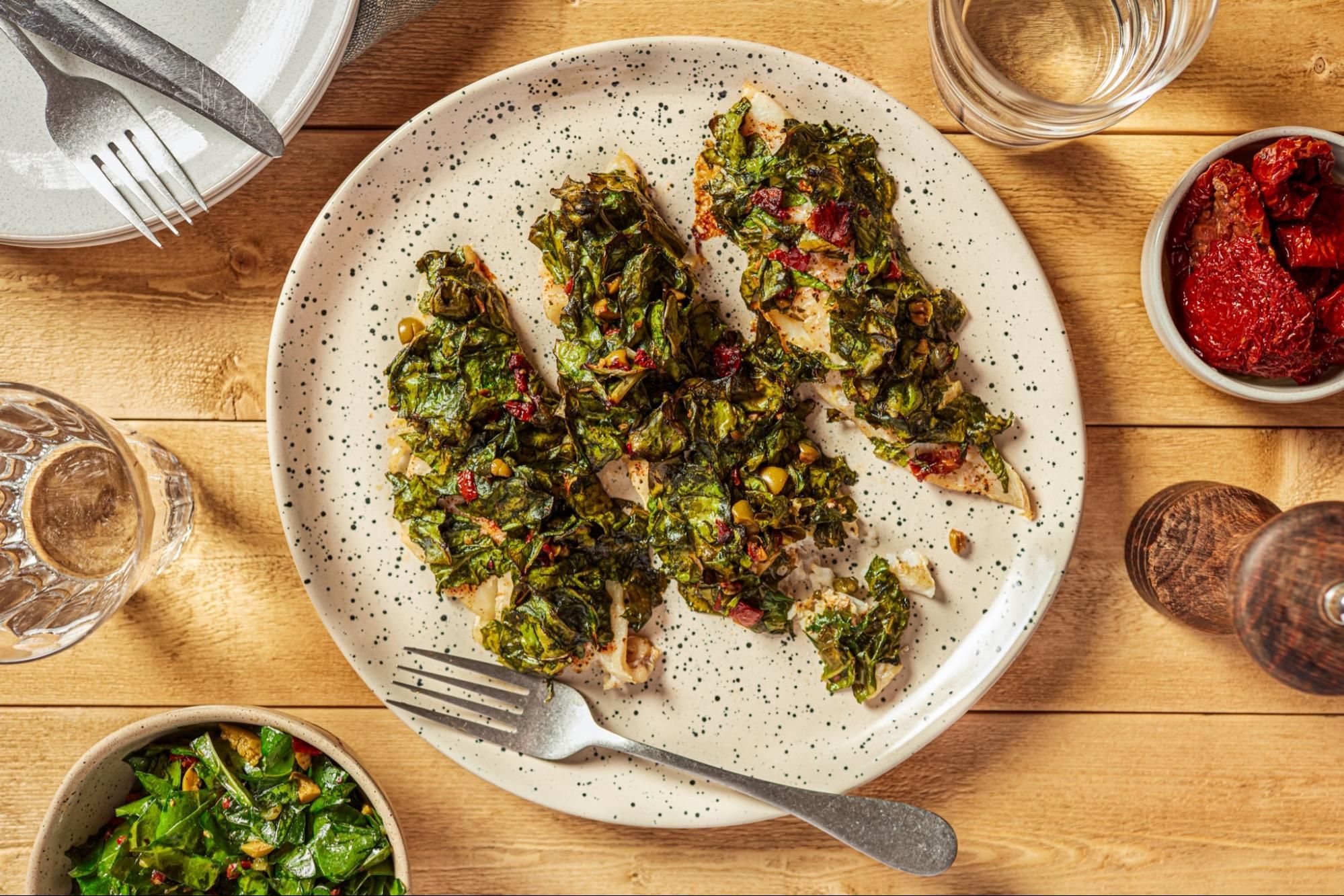Are you ready to elevate your brunch with a classic, yet delightfully cheesy twist?
Finding a dish that is both comforting and sophisticated enough for special gatherings can be challenging.
Swiss Lorraine Quiche combines the creamy richness of Swiss cheese with the robust flavours of bacon and onion, all encased in a tender, flaky crust.
In this blog post, we’ll explore everything you need to know to master this dish, from essential ingredients and must-have equipment, to step-by-step cooking instructions and serving tips, ensuring your Swiss Lorraine Quiche is perfect every time.
Essential Ingredients for Your Swiss Lorraine Quiche

To create a delicious Swiss Lorraine Quiche, you’ll need several key ingredients that blend together to form its unique taste and texture. Firstly, the foundation of any quiche is its crust; for this dish, a 9-inch pre-baked pie crust works best, offering a flaky base that holds the filling beautifully. The filling starts with 6 slices of bacon, which should be cooked until crisp to provide a smoky, rich flavour. Alongside the bacon, one medium onion, chopped and sautéed until tender, adds a slight sweetness and texture to the dish.
The creamy, custard-like filling is made from a whisked mixture of 3 large eggs and 1 ½ cups of milk, seasoned with ¼ teaspoon of salt to enhance the overall flavours. Cheese is crucial in this recipe, and 1 ½ cups of shredded Swiss cheese not only gives the quiche its name but also its melty, indulgent character. To ensure the cheese is evenly distributed and does not clump, toss it with 1 tablespoon of all-purpose flour before adding it to the egg mixture. These ingredients, when combined and baked, create a harmonious blend that characterises a classic Swiss Lorraine Quiche.
Must-Have Equipment for Making Swiss Lorraine Quiche

To successfully prepare a Swiss Lorraine Quiche, having the right equipment is as crucial as having the right ingredients. A rolling pin is essential for evenly rolling out your pie crust, ensuring it fits perfectly in your pie plate. Additionally, you’ll need a 9-inch pie plate, which can be either glass or metal, depending on your preference. Glass pie plates are excellent for evenly distributing heat, while metal plates tend to heat up faster, which is great for achieving a crispy crust.
Other important tools include a perforated baking sheet and a Silpat® Non-Stick Baking Mat for baking the quiche with ease and ensuring it doesn’t stick to the surface. For the custard mixture, a stainless steel mixing bowl is ideal for its durability and ease of cleaning. Lastly, don’t forget a stainless steel mesh strainer for smoothing out the bacon fat and achieving a silky, even quiche filling. With these tools at hand, you’re well on your way to creating a delicious Swiss Lorraine Quiche.
Step-by-Step Guide to Cooking Swiss Lorraine Quiche
Begin your Swiss Lorraine Quiche by preheating your oven to 350 degrees F (175 degrees C). While the oven heats, roll out your pre-baked pie crust on a lightly floured surface until it’s thin enough to cover a 9-inch pie plate. Carefully lay the crust in the plate, pressing it into the edges and trimming any excess dough. Use a fork to prick the base of the crust lightly; this prevents it from puffing up during the blind baking process. Place the crust in the oven and bake for about 10 minutes or until it’s just starting to turn golden.
While the crust is baking, prepare the filling. Start by cooking the 6 slices of bacon in a skillet over medium heat until crisp. Once done, transfer the bacon to a paper towel-lined plate to drain and cool. In the same skillet, using the remaining bacon grease, sauté the chopped onion until it’s soft and translucent. Chop the cooled bacon into small pieces. In a large bowl, whisk together the eggs, milk, and salt, then stir in the shredded Swiss cheese, ensuring it’s well combined to avoid clumps.
Remove the crust from the oven and sprinkle the base with the sautéed onion and sprinkle bacon pieces. Pour the egg and cheese mixture over the bacon and onions, making sure the filling is evenly distributed. Place the quiche back in the oven and bake for about 30-40 minutes. The quiche is ready when the filling is set and the top is golden brown. Allow the quiche to cool slightly before serving; this makes it easier to slice and ensures the flavours are well-blended.
Serving Your Swiss Lorraine Quiche: Tips & Ideas

Serving your Swiss Lorraine Quiche can transform a simple meal into an elegant dining experience. Whether you prefer it warm or at room temperature, it’s versatile enough to fit into any meal setting. For a truly delightful brunch or lunch, consider pairing the quiche with light and refreshing side dishes. Here are a few suggestions:
- A crisp Strawberry Spinach Salad with a sweet poppy seed dressing provides a fresh contrast.
- Mint Julep Fruit Salad or Honey Lemon Fruit Salad for a touch of sweetness.
- A simple green salad with vinaigrette to balance the richness of the quiche.
When it comes to presentation, a little effort goes a long way in making your Swiss Lorraine Quiche shine. Serve the quiche on a beautiful ceramic platter to enhance its visual appeal. If serving at a gathering, consider using individual plates with a garnish of fresh herbs like parsley or chives to add a pop of colour and freshness. Remember, the key to a great presentation is simplicity and letting the main dish, your delicious quiche, stand out as the star of your meal.
Pro Tips and Important Notes for Perfect Swiss Lorraine Quiche
Achieving the perfect Swiss Lorraine Quiche requires attention to detail and a few expert tips. Always blind bake your crust before adding the filling to prevent it from becoming soggy. This step is crucial as it sets the stage for a crisp and flaky base. Additionally, ensure that your oven is properly preheated to the right temperature, as an oven that’s too hot or too cold can affect the texture and cooking time of the quiche.
When it comes to the filling, balance is key. Be mindful of the moisture content in your ingredients; too much liquid can result in a quiche that is too soft or undercooked. Here are some points to keep in mind:
- Cook your bacon and onions thoroughly before adding them to the crust to remove excess fat and water.
- Whisk your eggs and milk together thoroughly to ensure a uniform mixture, which helps in achieving a smooth, creamy texture in the final product.
- Season well, but be cautious with salt, especially if your bacon is already quite salty.
Following these tips will help you avoid common pitfalls and ensure your Swiss Lorraine Quiche turns out delicious every time.
Nutritional Profile of Swiss Lorraine Quiche
Swiss Lorraine Quiche is not just a treat for the taste buds; it also has a distinct nutritional profile that’s worth noting. A typical serving contains about 420 calories, with a significant portion coming from fats and proteins. The quiche is notably high in total fat (29g) and saturated fat (15g), making it a rich dish. It also provides a good amount of protein (16g), which is essential for muscle repair and growth.
Besides the macronutrients, the Swiss Lorraine Quiche contains various micronutrients, contributing to its overall nutritional value. It offers:
- Calcium (20mg) and iron (0mg), though in modest amounts.
- A considerable amount of cholesterol (190mg), which is something to be mindful of if you’re watching your cholesterol levels.
- Sodium (440mg), which is about 18% of the daily value, making it something to consider for those on a low-sodium diet.
Storing Your Swiss Lorraine Quiche: Best Practices
To ensure your Swiss Lorraine Quiche remains as delightful as when first baked, proper storage is key. Once the quiche has cooled completely, wrap it tightly in plastic wrap to protect the crust from moisture and keep the filling fresh. This step is crucial to prevent the quiche from absorbing other odours and losing its distinct flavours.
For refrigeration, place the wrapped quiche in an airtight container and store it at a steady 4°C (40°F). This method will maintain the quiche’s quality for 3 to 4 days. Always remember to check for any signs of spoilage like unusual odours or colours before consumption, ensuring your quiche is safe and delicious every time.
From Your Kitchen to Zurich’s Culinary Delights: Discover More with Indulge
After mastering the art of Swiss Lorraine Quiche in your own kitchen, why not extend your culinary journey with INDULGE‘s exclusive food tours in Zurich? Discover the city’s rich gastronomic tapestry, from traditional Swiss dishes to international flavours, all curated by local experts. INDULGE not only offers a deep dive into Zurich’s culinary history but also introduces you to hidden gems and local favourites.
Each tour with INDULGE is an opportunity to connect with Zurich’s culture through its food. Imagine tasting Zürcher Geschnetzeltes right where it originated or enjoying a glass of local wine while overlooking the scenic views of Zurich West. Here are some highlights:
- Exclusive Wine & Dine experiences
- Signature walking tours in historic Old Town
- Insights into the culinary innovations shaping Zurich today
By exploring these culinary delights, every meal can become a story worth telling.
Frequently Asked Questions
What’s the difference between quiche and Quiche Lorraine?
Quiche is a general term for a type of savoury pie made from a custard of eggs and milk or cream, set in a pastry crust. Quiche Lorraine, specifically, is a variant of quiche that originates from the Lorraine region of France and traditionally includes bacon or lardons.
What region is Quiche Lorraine from?
Quiche Lorraine originates from the Lorraine region, which is located in the north-eastern part of France.
Can I use milk instead of heavy cream for quiche?
Yes, you can use milk instead of heavy cream in quiche to create a lighter custard. The blog post recipe for Swiss Lorraine Quiche specifically uses milk in the custard mixture.
What do you eat with Quiche Lorraine?
Quiche Lorraine can be paired with a variety of side dishes. Light and refreshing sides like a crisp strawberry spinach salad, a mint julep fruit salad, honey lemon fruit salad, or a simple green salad with vinaigrette are excellent choices to balance the richness of the quiche.








